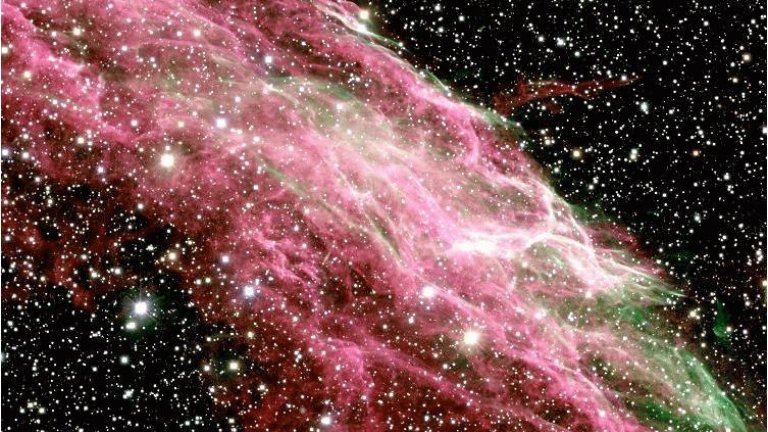
© INSU / CFHT / CNRS Images
View the mediaFolder
How was the Universe formed? Why is it expanding? What is it made of? Where does its energy come from? How are galaxies, stars, and their planets born and evolve? Astrophysics seeks answers to all these questions.

© INSU / CFHT / CNRS Images
View the mediaUnderstanding the processes that govern the Universe and celestial objects (comets, asteroids, black holes, stars, etc.) is the objective of a branch of physics called astrophysics. This discipline seeks to answer fundamental questions about the formation and evolution of the Universe, as well as the composition and behaviour of its constituent parts.
Scientists are helped by different types of instruments: ground-based and space-based observatories, as well as rovers and automatic probes to explore the planets and small bodies of the solar system.
The results of these observations and explorations are associated with theoretical developments that can range from fundamental physics to the modelling of complex astrophysical objects (big bang, stars, space plasma, planets, exoplanets, galaxies, black holes, gravitational waves, matter and dark energy) as well as their interactions and associations. These models are most often based on numerical calculations that make intensive use of the largest scientific computing centres. The basic chemical, physical and radiative processes, which are the ingredients of these numerical models, are themselves characterised precisely thanks to dedicated laboratory experiments.
Keywords: big bang, star, planet, exoplanet, galaxy, black hole, gravitational wave, dark matter, dark energy, Universe, astrophysics
Our work is guided by the way scientists question the world around them and we translate their research into images to help people to understand the world better and to awaken their curiosity and wonderment.